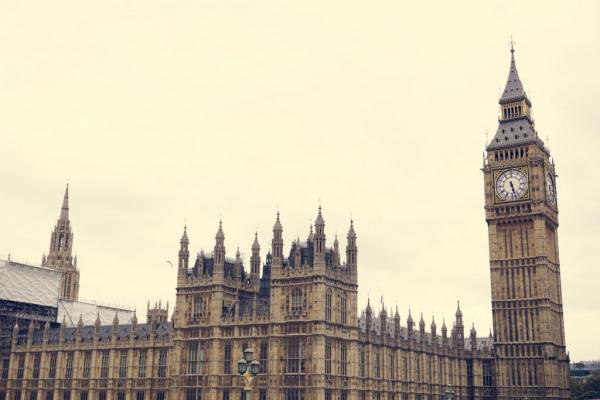By Lyndsey Hall
HM Revenue & Customs have produced a six month timetable for their investigation into tax evasion by wealthy individuals entitled Closing in on Tax Evasion. In addition to this, HMRC’s ‘affluence unit’ has announced that it is now targeting individuals with assets and property worth £1 million, having previously focused on those with £2.5 million or more.
According to an article on Accounting Web, PAC: Tax schemers run rings around HMRC, the House of Commons Public Account Committee have accused HMRC of not coming down hard enough on tax avoidance schemes. The PAC chair, Margaret Hodge, quoted from a recent NAO report that suggested that £5 billion a year is kept from the Exchequer as a result of these schemes, and that an estimated backlog of 41,000 cases meant that a possible £10.2 billion could be at stake. The PAC report states that, although the complexity of tax law does make it possible for these tax avoidance schemes to exist, Hodge believes that HMRC is not doing enough to combat those promoting the schemes.
The PAC has advised tighter enforcement under existing law, as well as tightening the law around the current disclosure of tax avoidance schemes (DOTAS), and has recommended HMRC “name and shame” those who sell or use tax avoidance schemes to discourage this in future. DOTAS has already helped HMRC to close some schemes down, but, according to the committee, the department has no idea how much avoidance is not disclosed that should be, and therefore the problem could be even worse than anticipated.
In response to this, HMRC have produced a timetable for the measures that they are going to be taking over the next six months. The first stage of HMRC’s new tax evasion crackdown consists of scrutinising the self assessment tax returns that were entered by the January 31st deadline. Stage Two, beginning in February, involves cross checking details held by credit reference agencies to identify which individuals’ income and wealth do not match information currently on file at HMRC.
In March, tax officials will begin to target those who own two or more properties in the UK or abroad and have not declared any profits or gains that they have made from these properties. Stage Four will see HMRC hire a number of additional specialist investigators in April, increasing the amount of dedicated staff focused on wealthy individuals suspected of tax evasion to more than 300.
This manpower increase is in addition to the breakthrough computer software that HMRC now use to monitor individuals and identify those who are avoiding paying tax. Aptly named Connect, the software creates a mesh of links, like a spiderweb, connecting individuals’ addresses, bank accounts, employers, etc. Skilled investigators using this software are able to identify the difference between the web patterns of honest taxpayers, and those who are attempting to operate under the HMRC’s radar. According to an article in Financial Times, Ten ways HMRC checks if you’re cheating, the software cost HMRC £45 million in 2010, but by 2011 had delivered £1.4 billion of additional revenue from tax avoiders.
The final stage of the Revenue’s crackdown will begin in May, when HMRC will identify offshore trusts it believes are being used to hide income and assets overseas.
This timetable shows the extent to which HMRC are toughening their stance on illegal tax evasion, and highlights the importance of having your tax affairs in order as soon as possible, or risk falling foul of HMRC. The Crown Prosecution Service has also taken a tougher stance to match that of HMRC, as both organisations try to rein in the billions of pounds a year that the economy loses from tax evasion.
If you need expert advice, or just want to talk over some concerns with a friendly tax professional, give us a call and we can help you get your finances in order so that if and when HMRC come knocking, you’ll have nothing to worry about.
Related articles:
HMRC takes a firm stance on tax defaulters
Biggest Tax Convictions of 2013



